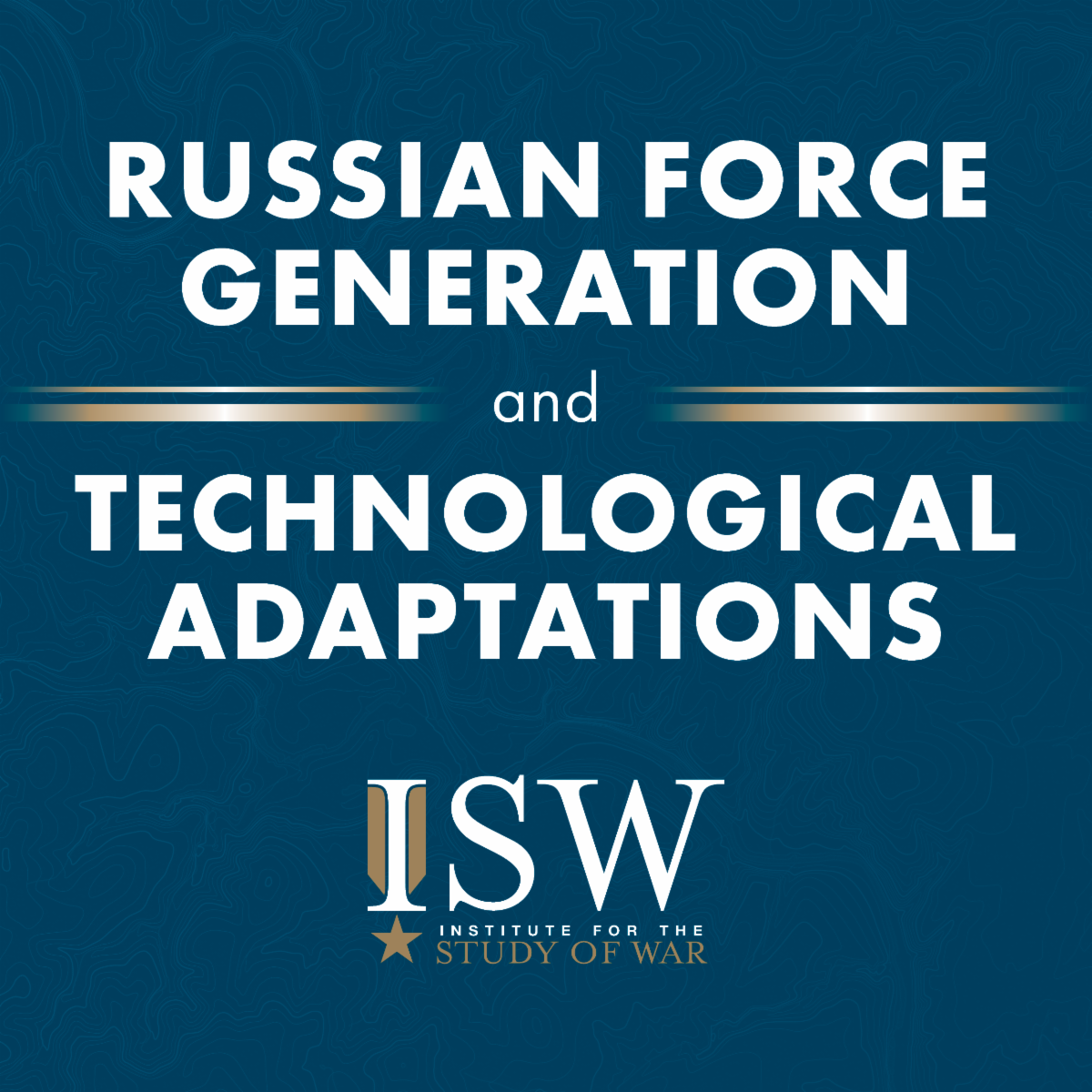Russia may have recently tested a new Iranian-made Shahed (Geran) drone with new precision capabilities, while likely simultaneously fielding new Russian-made radio-controlled Shahed drones. Ukrainian forces discovered Shahed drone debris on June 18 that had an advanced camera, a computing platform with artificial intelligence (AI)/machine learning (ML) capabilities, and a radio operation system that allows the drone operator to remotely operate the Shahed drone from Russia. Ukrainian electronic and radio warfare expert Serhiy "Flash" Beskrestnov told the Associated Press that the new Shahed variants are white and have no markings or labels consistent with Russia-made drones, instead having stickers consistent with the standard Iranian labeling system. Drone experts told AP that Iran may have sold new Shahed variants to Russia for combat testing. Beskresnov also commented on the footage of a black Shahed drone with a radio-controlled camera striking a Ukrainian target in Kramatorsk on June 24. Beskresnov noted that while this Shahed variant appears to be different from the white, possibly Iranian-made Shahed drone. Beskresnov noted that Ukrainian intelligence previously warned that Russia sought to integrate radio communications and cameras into a portion of Shaheds and argued that the Russian-made radio-controlled Shahed variants likely have "primitive" and cheap video and radio communications, whereas the Iranian-made drone likely had expensive components. Beskresnov added that the Russian-made Shaheds are still likely vulnerable to Ukrainian electronic warfare (EW) due to their reliance on radio communications.
The Russian military also integrated thermal imaging cameras on some Shahed drones to improve Russian drone capabilities and strike precision. A Ukrainian military-analytical Telegram channel published footage on June 24 showing an intercepted Russian Shahed-136 drone that has a thermal camera. The Telegram channel observed that thermal cameras allow Shahed-136 drones to better operate at night and in low visibility conditions; identify targets such as engines, generators, and thermal power plants; automate target identification if the drone has machine vision capabilities; and target homing in GPS jamming conditions. The Telegram channel added that Shahed-136 drones can use thermal cameras to improve and correct the strike trajectory, home in on thermal signatures, and ignore decoys and targets with cold thermal signatures. The Telegram channel added that Shahed drones with thermal cameras can also adapt to the environment even if it does not have precise coordinates of the target, whereas Shaheds without thermal cameras operate blindly on GPS programs. Russian milbloggers amplified footage on June 19, reportedly showing a Shahed drone striking a target in Zaporizhzhia City, commenting that the strikes show that the Russian defense industrial base (DIB) modified Shahed drones to not rely on geofence coordinates and granted the drones the ability to livestream the strike.
Key Takeaways:
Russian Technological Adaptations
- Russia may have recently tested a new Iranian-made Shahed (Geran) drone with new precision capabilities, while likely simultaneously fielding new Russian-made radio-controlled Shahed drones.
Russian Mobilization and Force Generation Efforts
- The Russian State Duma is setting legal conditions to recruit stateless people into the Russian military and will likely use these conditions to illegally coerce Ukrainians and foreigners into military service.
Force Retention - The Russian MoD is reportedly designing modified uniforms that would enable Russian commanders to commit wounded Russian servicemen to combat.
Russian Force Centralization
- The Russian State Duma adopted a bill that grants Russian commanders the ability to certify power of attorney over Russian volunteers, which will likely make it easier for the Russian MoD to deny compensation to Russian servicemen fighting in Ukraine.
Russian Military Reforms and Force Restructuring
- Russian Defense Minister Andrei Belousov claimed that Russia will raise 13,000 officers in 2025, amidst reports that Russia's war in Ukraine is degrading Russia’s officer corps and professionalism among officers.
- Russian commentators stated that a lack of equipment and financing is impeding Russia’s efforts to prepare more specialized military personnel, which may inhibit Russia’s reconstitution of a professional force.
Integration of Veterans into Russian Society
- The Kremlin continues to arrest Russian voices who are actively involved in searching for missing and deceased Russian servicemen, despite attempting to portray the Russian government as attentive to servicemen and their needs.
| 




 [ISW] 러시아의 공세 캠페인 평가, 2025년 6월 27일
[ISW] 러시아의 공세 캠페인 평가, 2025년 6월 27일
 [ISW] 이란 업데이트, 2025년 6월 26일
[ISW] 이란 업데이트, 2025년 6월 26일